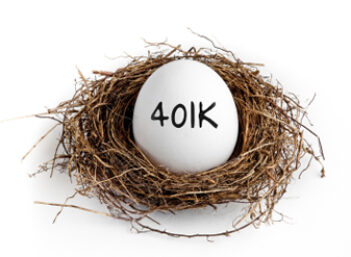What is a Roth IRA?
A Roth IRA is a type of Individual Retirement Account (IRA) for individuals who fall below certain income thresholds. One of the primary benefits to investing in a Roth IRA is that distributions are tax-free once withdrawals are made.
How Does a Roth IRA Work?
Although distributions are tax-free (if the account has been open for five years and the account holder is at least 59.5 years old), contributions to a Roth IRA are not tax deductible. An investor may contribute after-tax dollars into a Roth IRA and make tax-free withdrawals upon retirement. It differs from a traditional IRA, where contributions are tax-deductible but withdrawals are taxed at the owner's marginal tax rate.
Because Roth IRA holders pay taxes on their contributions upfront and avoid taxes in the future, a key consideration when deciding between a traditional IRA and a Roth IRA is the estimate of what the owner's future tax rate will be. Roth IRAs make sense when the investor expects his or her marginal tax rate will be higher in the future.
For example, if a person taxed at 25% today wants to invest $4,000 in a Roth IRA, she would pay $1,000 in taxes, leaving her with only $3,000 available to invest. Assuming her investment doubles by the time she wants to begin withdrawing, her account would be worth $6,000, regardless of what her future tax rate is.
If that same person uses a traditional IRA, her $4,000 is tax-deductible, saving her the $1,000 in taxes she'd otherwise owe. Assuming her investment doubles, her account balance at the time she wants to start withdrawing is $8,000. However, she now has to pay taxes on any amounts withdrawn. If her tax rate is still 25%, the value of her IRA is $6,000 after taxes. But if her tax rate is higher (let's assume 33%), regardless of whether it's through tax hikes or higher earnings, her account would only be worth $5,360 after taxes.
Why Does a Roth IRA Matter?
Roth IRAs are one of the best ways for individuals with incomes below certain levels to take advantage of their current tax rates and essentially 'lock them in.' This takes one unknown element, future tax rates, out of the equation for retirement planning.
Keep in mind that there are many factors to consider when planning for retirement, and the best option may differ from one individual to the next. To learn more about the options you have, click here to read Traditional IRAs and Roth IRAs: What Are They and Which is Right for You?



